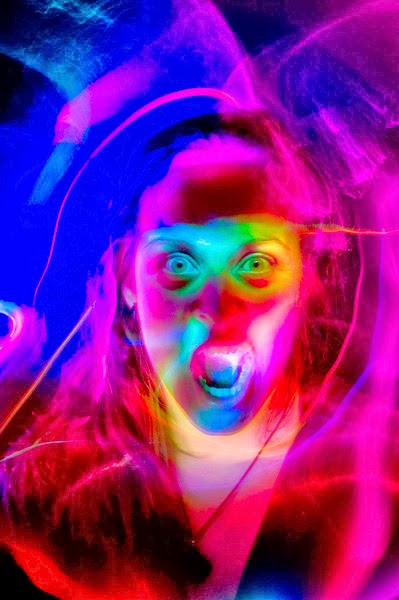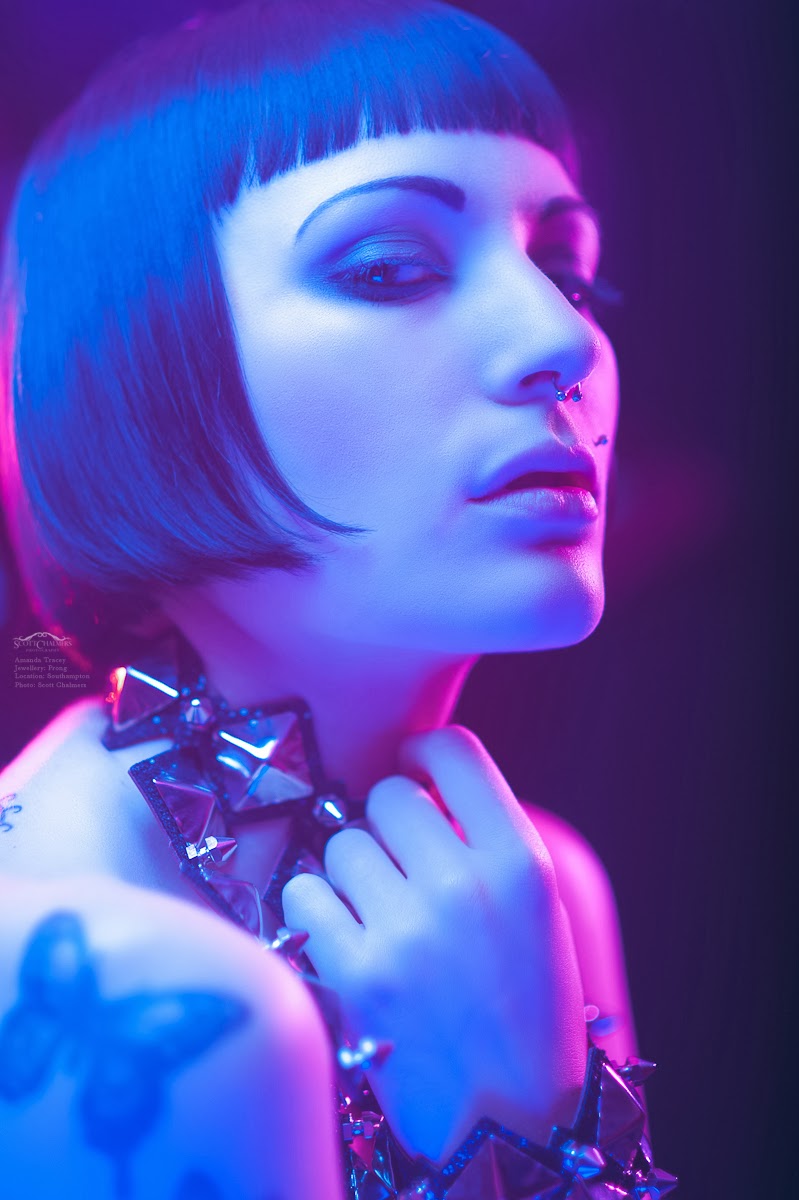I found these images while looking into creative ideas in the studio, they have been taken by using coloured gels and this is something that I would love to try in the studio sometime in the future (probably not this project as I would have to rush to get the gels and learn how to use them fast, I would prefer to be able to take more time learning with them and experimenting with different outcomes)
Julian Cash
These images have been taken in the studio using torches and light painting, I would like to try creating something similar by using coloured gels on the lights and torches. (I have done light painting before but only using one torch and colour so it would be fun to use more than colour at a time.)
 |
| http://www.juliancash.com/view/jc_edible/set/large_foo_1503.html |
 |
| http://www.juliancash.com/view/jc_edible/set/large_foo_1606.html |
 |
| http://www.juliancash.com/view/jc_edible/set/large_foo_1479.html |
Scott Chalmers
These have been taken using coloured gels over the top of the lights in the studio, using coloured gels is easier and faster than spending time retouching in Photoshop to get the same effect. Plus while shooting if the lighting does not look exactly right for each individual pose the model is doing it can be easily changed whereas on Photoshop it would take hours to adjust each image separately.
Neil van Niekerk
The coloured gels don't always have to be used on the model, they can also be used to add some colour into the background like in these images:
 |
I like the way the background adds a dramatic effect and looks to me as though an orange coloured backdrop has been used instead of using a gel. This is easier than buying different coloured backgrounds and having to re-set up the backdrop for each shoot or even during shoots.
DIY
I had not heard of using coloured gels over the lights so this is something that interests me, so that I could practise easier and quicker than with buying gels (because I have no idea which are good and which aren't) I looked into how to create home made coloured gels, on a website called Digital Camera World I found an idea that I am going to try... cutting up plastic wallets, only I am going to use the coloured section dividers in an old notebook.
 |
| DIY Photography Hacks : macro studio |














_-_The_Girl_With_The_Pearl_Earring_(1665).jpg)